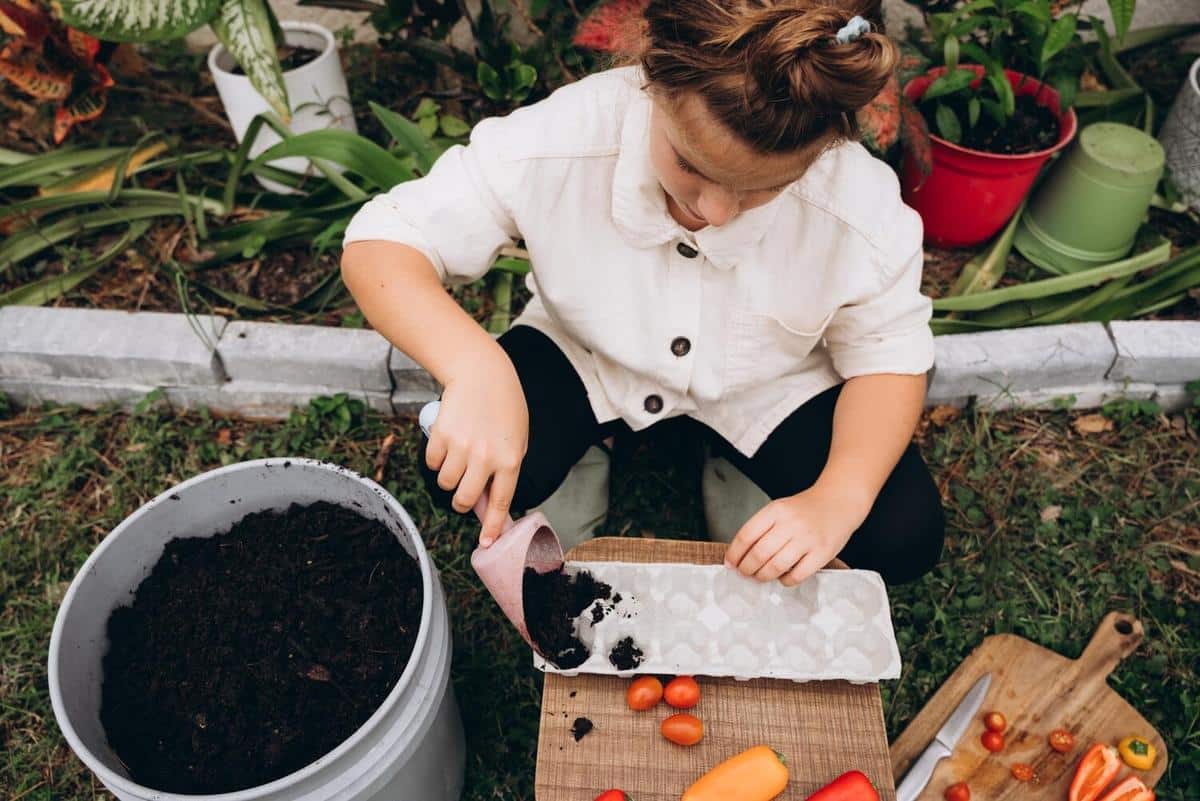
Composting 101: Turning Kitchen Waste into Garden Gold
Transforming your kitchen scraps into nutrient-rich compost is an eco-friendly way to reduce waste and enrich your garden soil. Let’s dive into the basics of composting and discover how you can turn everyday waste into garden gold.
Understanding Composting
Composting is the natural process of recycling organic material, such as kitchen waste, into a rich soil amendment known as compost. This process not only reduces landfill waste but also provides a free, sustainable source of nutrients for your garden.
Why Composting Matters
According to the Environmental Protection Agency, food waste and yard trimmings make up about 30% of what we throw away, material that could be composted instead. Composting reduces the need for chemical fertilizers and helps soil retain moisture, making it an excellent practice for sustainable cooking enthusiasts.
The Basics of Composting
Starting a compost pile is simpler than you might think. Begin with a mix of ‘greens’ and ‘browns’. Greens include fruit and vegetable scraps, coffee grounds, and eggshells, while browns consist of leaves, twigs, and cardboard. Aim for a balance of equal parts to ensure proper decomposition.
| Material Type | Examples | Benefits |
|---|---|---|
| Greens | Fruit scraps, vegetable peels | Provide nitrogen |
| Browns | Dry leaves, twigs | Add carbon |
| Eggshells | Crushed eggshells | Calcium source |
| Coffee Grounds | Used coffee grounds | Rich in nitrogen |
| Cardboard | Shredded cardboard | Carbon-rich |
| Grass Clippings | Fresh grass cuttings | High nitrogen content |
| Wood Ash | Fine wood ash | Potassium source |
| Tea Bags | Used tea bags | Nitrogen-rich |
Tips for Successful Composting
Mix the compost regularly to aerate it and speed up decomposition. Keep the pile moist but not soggy. You can use a compost thermometer to ensure the pile reaches the optimal temperature of around 140°F for effective breakdown.
Consider investing in a compost tumbler for easier mixing and faster composting.
Expert Insights
“Composting is not just about reducing waste; it’s about creating a living system that enhances soil fertility,” says Rachel Carson, an environmental advocate.
Personal Experience
When I started composting, I noticed a significant reduction in my household waste. The nutrient-rich compost I created helped my vegetable garden thrive, and I rarely needed to buy fertilizers.
FAQs
What shouldn’t be composted?
Avoid composting meat, dairy, and oily foods as they can attract pests.
How long does composting take?
The process can take anywhere from a few months to a year, depending on factors like temperature and material balance.
Conclusion
Composting is a rewarding practice that transforms kitchen waste into a valuable resource for your garden. By following these steps and tips, you can contribute to a more sustainable lifestyle and enjoy the benefits of rich, organic compost. Start your composting journey today and turn waste into garden gold.


